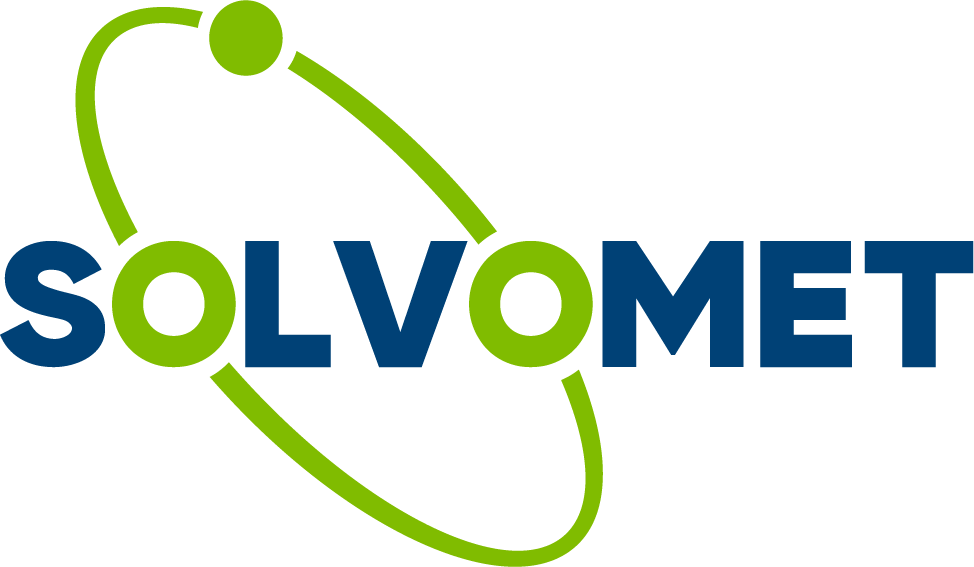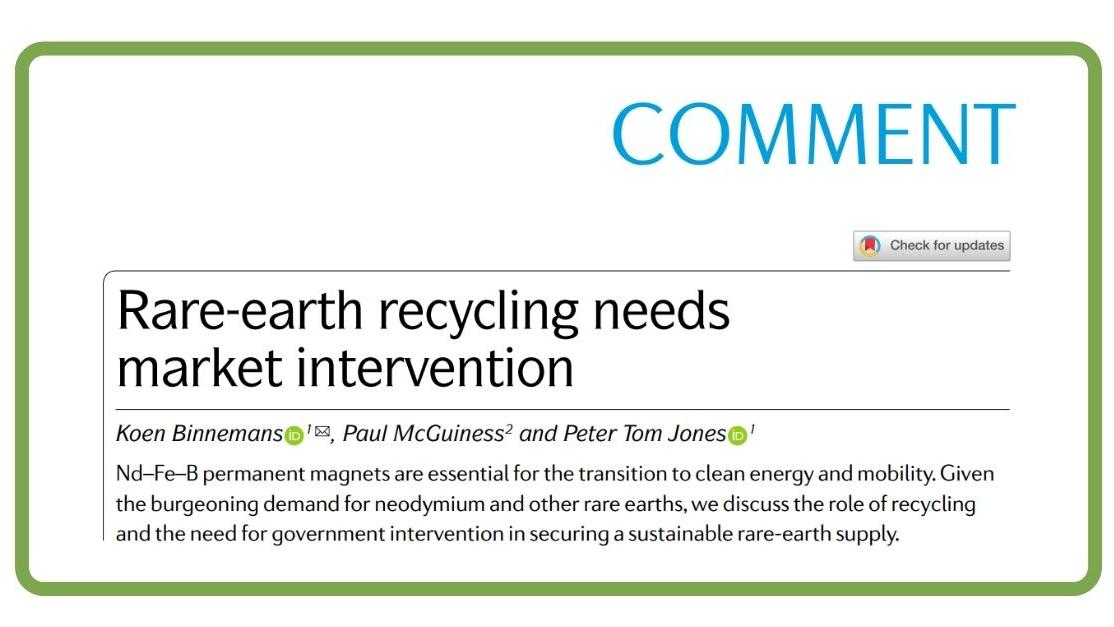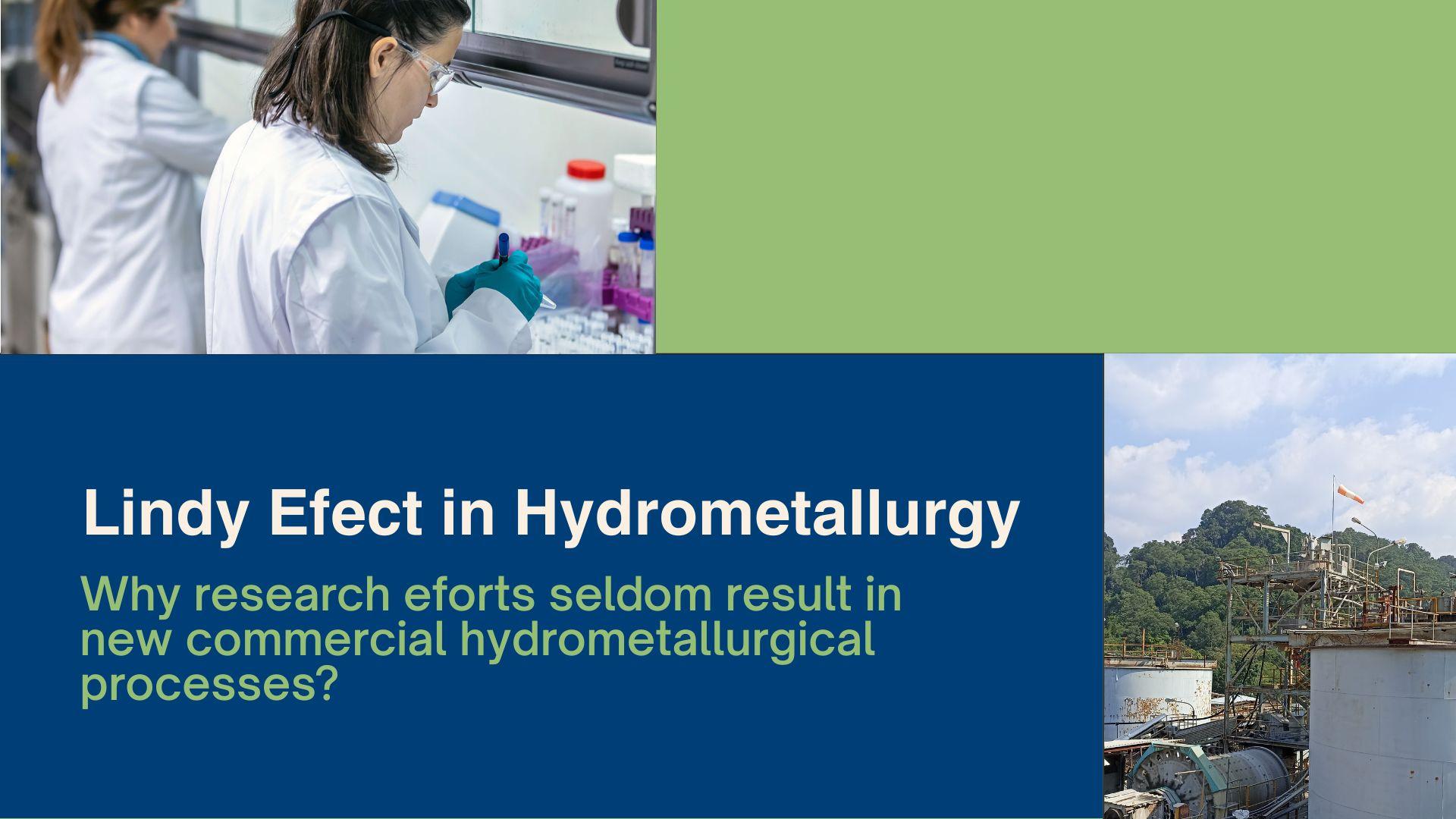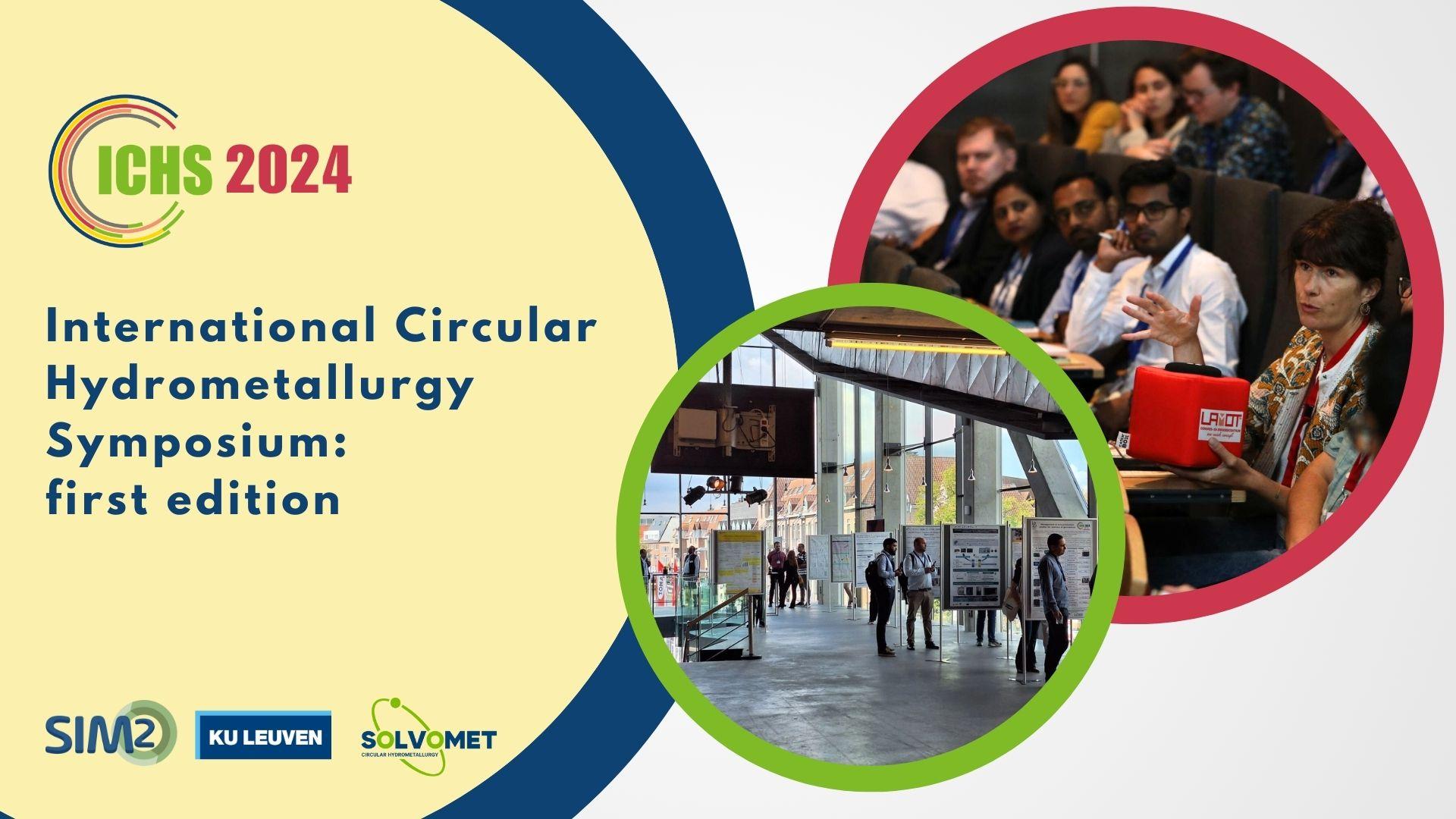“Rare-earth recycling needs market intervention” … that’s the title of the Nature Reviews Materials Comment article (Impact Factor = 75) by SOLVOMET/SIM² KU Leuven researchers Koen Binnemans and Peter Tom Jones. For this Comment piece they who worked together with magnet expert Paul McGuiness. The authors highlight that NdFeB magnets are essential for the transition to clean energy and e-mobility. Given the burgeoning demand for neodymium and other rare earths, they discuss the role of recycling and the need for government intervention in securing a sustainable rare-earth supply.
RARE³
About 10 years ago, KU Leuven started performing research in the field of rare-earth recycling. An interdisciplinary knowledge platform project, entitled IOF-KP RARE³, was set up to look at the various aspect of REE recycling, ranging from the hydrometallurgical and pyrometallurgical recycling processes to the environmental and economic aspects of the envisioned flowsheets.
Co-ordinated by KU Leuven’s rare-earth expert Prof. Koen Binnemans, the RARE³ project provided the key leverage for a multitude of other REE-related European Projects, such as the Marie-Curie training networks EREAN, DEMETER and REDMUD, as well as a suite of Horizon 2020 (Research) Innovation Actions, including NEOHIRE and REMAGHIC. Elsewhere in Europe, colleagues from TU Delft, NTNU, University of Birmingham etc. initiated a number of other REE-related projects, incl. the SUSMAGPRO project.
Combined, these projects allowed to train a significant number of rare-earth early-stage researchers. Furthermore, the projects led to a large volume of peer-reviewed publications and novel technological flowsheets for REE recycling. In this context, three highly cited REE recycling review papers (incl. RARE³ authors) were published:
- K. Binnemans, P. T. Jones, Bart Blanpain, T. Van Gerven, Y. Yang, A. Walton, M. Buchert, "Recycling of rare earths: a critical review", Journal of Cleaner Production, 51, 1-22 (2013) – https://doi.org/10.1016/j.jclepro.2012.12.037 (citations: 1063 times)
- Y. Yang. A. Walton, R. Sheridan, K. Güth, R. Gauß, O. Gutfleisch, M. Buchert, B.M. Steenari, T. Van Gerven, P.T. Jones, K. Binnemans, "REE Recovery from End-of-Life NdFeB Permanent Magnet Scrap: A Critical Review", Journal of Sustainable Metallurgy, 3, 122–149 (2017) – https://doi.org/10.1007/s40831-016-0090-4 (citations: 136 times)
- K. Binnemans, P.T. Jones, "Perspectives for the recovery of rare earths from end-of-life fluorescent lamps", Journal of Rare Earths, 32(3), 195-200 (2014) – https://doi.org/10.1016/S1002-0721(14)60051-X (citations: 98 times)
Nature Reviews Materials
On the request of the editorial board Prof. Binnemans was recently requested to write a Comment article where he would summarise his lessons learned with respect to 10 years of REE recycling research.
Binnemans accepted the challenge and worked together with his SOLVOMET/SIM² colleague Peter Tom Jones and the rare-earth permanent magnet expert Paul McGuiness (Institute of Metals and Technology, Ljubljana, Slovenia). The core message of the Comment piece was summarised by Binnemans as follows:
"I thought that developing efficient recycling technologies was a sufficient condition to drastically increase the low recycling rates of rare earths ( < 1% according to the 2011 UNEP report on recycling). At present, I realise that technology is not sufficient and that it is all about economics."
Indeed, poor process economics comprise the number one explanation why rare-earth recycling is still not happening… despite all lip service that is being paid to the importance of the Circular Economy. In the Comment article the authors discuss how this problem can be overcome. Their concluding paragraph states it as follows:
“Should we set up and provide state aid for a dedicated REE recycling system, in close partnership with existing waste-management and REE processing companies? This could be a litmus test for the recently established Rare Earth Magnets and Motors cluster within the European Raw Materials Alliance (ERMA). Such a deviation from free-market principles would be feasible through “important projects of common European interest” (ICPEI), as already implemented in the framework of setting up a European Battery Value Chain. Are REE magnets not just as important as lithium-ion batteries in the transition to a climate-neutral economy?”
Full reference of Comment
Binnemans, K., McGuiness, P. & Jones, P.T. Rare-earth recycling needs market intervention. Nat Rev Mater (2021). https://doi.org/10.1038/s41578-021-00308-w

